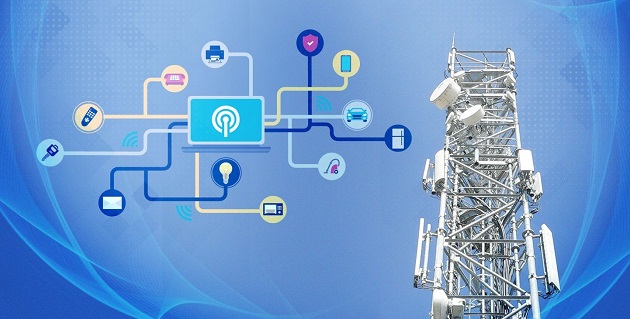The country’s telecom sector recorded revenues of Rs850 billion in the fiscal year 2022-23, reflecting a 17% growth from the previous year, according to the Pakistan Telecommunication Authority’s (PTA) annual report.
Despite facing challenges such as inflation, high business costs, and economic slowdown, the sector showcased resilience.
The report highlights substantial investment potential, with local industry investments totaling $5.7 billion and Foreign Direct Investment (FDI) reaching $1.4 billion over the last five years (2018-19 to 2022-23).
The telecom sector contributed Rs1.27 trillion to the national treasury during this period.
While the industry sources indicate a decline in revenue from $4.84 billion in 2018-19 to $3.03 billion in 2022-23 in real terms, the PTA report attributes it to the decline in the rupee value.
The PTA is actively working on integrating satellite broadband, particularly through the High Throughput Satellite (HTS) system, to bridge the digital divide in the country and provide high-speed satellite internet.
Acknowledging the industry’s low Average Revenue Per User (ARPU) and financial stress, the report suggests measures such as infrastructure sharing and cost-effective strategies to meet capacity demand and extend connectivity to underserved areas.
Mobile broadband has seen significant growth over the past five years, with 65% of mobile subscribers in 2022-23 compared to 37% in 2017-18. Currently, 90% of mobile broadband subscribers use 4G, a substantial increase from 17% five years ago.
The report mentions four telecom operators in the country, led by Jazz, followed by Zong, Telenor, and Ufone. Jazz leads with a 37% cellular subscriber share, the largest 4G subscriber base, and the highest revenue market share.
The PTA is preparing guidelines for the management of electronic waste (e-waste) in the ICT sector to promote responsible disposal and recycling.
Highlighting the international connectivity infrastructure, the report notes seven submarine cable connections, a Pak-China optical fiber cable (OFC), and 19 cross-border terrestrial telecom links to neighboring countries.
The report emphasizes the need for prioritizing infrastructure development for the effective introduction of 5G services.




